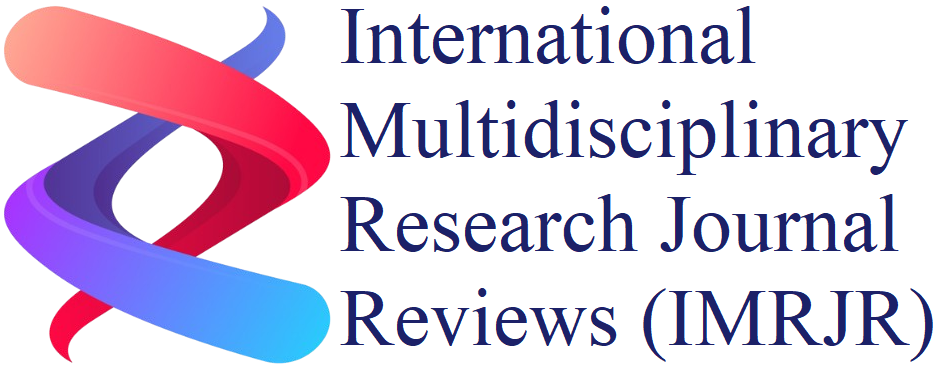Abstract: One of the main causes of liver-related morbidity in the world today is Fatty Liver Disease (FLD), which includes both Alcoholic Fatty Liver Disease (AFLD) and Non-Alcoholic Fatty Liver Disease (NAFLD). There are effective intervention and prevention of serious liver disorders, such as cirrhosis and liver cancer, which depend on the early and accurate detection of Fatty Liver Disease (FLD). Liver biopsies and other traditional diagnostic techniques are intrusive and frequently unfeasible for widespread screening. To enhance the prediction accuracy of detecting FLD through clinical, biochemical and imaging data, this study explores the application of Machine Learning(ML) techniques. The research investigates into advanced methodologies for processing medical imaging data, encompassing diverse data pre-processing strategies, feature selection approaches and model training techniques which include ensemble methods such as Random Forest, Gradient Boosting and XGBoost and deep learning techniques. Further regularization and resampling approaches are used to address the issues of over fitting and class imbalance. Higher accuracy, precision, recall, and F1 scores compared to conventional techniques show how the combination of strong feature engineering, hyper parameter tweaking, and sophisticated ML models greatly improves diagnostic performance. The present paper establishes the groundwork for further research in predictive health analytics and demonstrates the promise of ML-driven methods in clinical settings for non-invasive, precise and scalable FLD identification.
Keywords: Machine Learning, Supervised Learning Algorithms, Image Mining Techniques, Fatty Liver Disease, Accuracy.
Download:
![]() |
DOI:
10.17148/IMRJR.2025.020905
|
DOI:
10.17148/IMRJR.2025.020905
[1] A. Sahaya Mercy, Dr. G. Arockia Sahaya Sheela, "Enhancing Prediction Accuracy Using Machine Learning Techniques in Identifying Fatty Liver Disease," International Multidisciplinary Research Journal Reviews (IMRJR), 2025, DOI 10.17148/IMRJR.2025.020905

